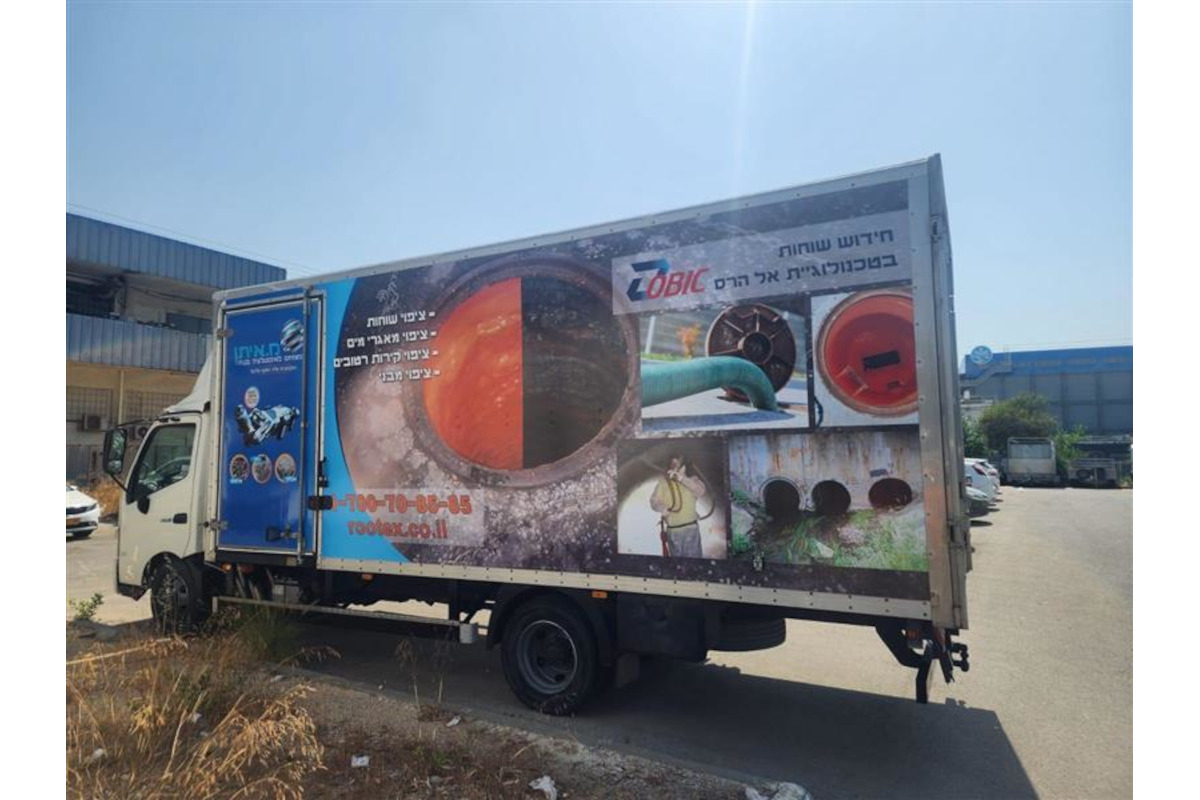Swagelining in Germany

Selection of the Rehabilitation Method
Greater Berlin, Germany, is subdivided into several drainage zones. Sewers that transport water under gravity route the wastewater to a total of 147 pumping plants. From there, the wastewater is transported through a 1,127 km-long discharge pipe network to the six sewage-treatment plants. Since 2000, Berlin Water Resources Authority (Berliner Wasserbetriebe BWB) has also been using close-fit methods with pipes made of polyethylene (PE) for repair of the piping system.
Close-fit processes hardly reduce the hydraulic cross-section of the pipes. Particularly in the case of wastewater discharge pipes, reductions in hydraulic capacity are frequently not possible owing to the rating for heavy-rain events.
The planning specialists of the BWB always consider pending construction projects integrally. The following question is always the focus of the decision-making process: How can the required construction activity be implemented economically, with as little impairment to traffic, nearby residents and the environment as possible in the shortest possible time?
More and more frequently, preference is given in this case to state-of-the-art repair methods. This was also the case with a construction project implemented by German construction company Ludwig Pfeiffer in summer 2008. An approximately 100 year-old grey cast iron DN 1.050 pipe to prepare for a road-construction project was repaired in Berlin-Neukölln, in the District of Rudow, in the street Alt–Rudow Strasse. The road is located in the center of the district and is the main shopping street in the area. The restrictions for operation of the shops had to be low accordingly. Consequently, the road was to be fully cordoned off on one weekend only from Saturday at 8 a.m. to Sunday at midnight.
Only two construction pits, one at the start and one at the end, were planned for the construction section with a length of more than 500 m. Consequently, this required a 504-m long repair section. The pipe also ran in a section with an approximately 10-degree angle – a special challenge for the pipe material.
The planners at the BWB drew up the following requirement profile for selecting the method, on the basis of these requirements:
- Inliner of new-pipe quality
- Maintenance of the flow capacity
- The new inliner should absorb all load influences
- Pipe material with excellent hydraulics and a particularly long service life
- Only slight impairment to traffic flow
- Short construction time
- Long repair sections
- Draw-in possible even at points where angles occur in the pipe axis
- High economy (less costly than open design).

The Swagelining Process
The swagelining process is a cost-effective process for repair of discharge pipes comprising standard PE 100 pipes without permanent annulus. It is one of the reduction processes in accordance with DVGW W 320. In the case of the swagelining process, a long pipe train comprising several SIMONA PE 100 pipes is prefabricated on the construction site. The outer diameter of the PE 100 pipe, at 1,060 mm, is larger than the inside diameter of the old pipe in order to guarantee a durable close-fit position after installation.
The cross-section is reduced by tensile force and compressive force for the duration of pipe pull-in. The new pipe is pulled in with a pulling device on site by a reduction tool. The pipe remains constantly subject to tensile stress during the pull-in process. Consequently, it can be interrupted at any time — e.g. in order to connect individual pipe trains before the pipe pull-in operation. When the final position is reached, the tensile force is reduced, thus increasing the outer diameter again. The result is a perfect close-fit. The new SIMONA PE 100 pipe tightly follows the course of the old pipe.
One major advantage of this process is that time-intensive preliminary work, such as cleaning the old pipe and welding the individual pipe trains, can be carried out in parallel in the construction process.
Preparatory Measures
Various types of preparatory work are required so that the new pipe can be easily pulled into the old pipe so that a close-fit position in the old pipe is reached after installation. One opening is made in the upper area of the old pipe, both in the starting construction pit and in the destination construction pit. These openings allow the remaining water quantity, which was unable to be discharged by the existing drainage facilities, to be pumped off. High-pressure cleaning was then carried out immediately, with simultaneous extraction and transportation away of the sludge residue.

Calibration with 985-mm diameter, followed by a concluding camera inspection, ensured that the old pipe had been adequately prepared for the pull-in operation. The counter-bearing structures required in the starting construction pit and destination construction pit were allowed for as early as digging the construction pits.
Owing to the special, local conditions, it was necessary to weld the PE 100 pipes approximately 500 m from the starting construction pit to form two individual pipe trains, each with a length of around 250 m. These were stored temporarily on a cordoned-off parking lane of a federal highway.
It was possible to weld the two pipe trains to a 500-plus-m long pipe and transport it on roller blocks to the starting construction pit by fully cordoning off street Alt-Rudow Strasse on the day of the pipe pull-in operation.
Pulling In
The linkage of the pulling machine positioned in the destination construction pit, which was pulled in beforehand, was connected to the welded pulling head. The reduction tool reduced the pipe diameter from 1,060 mm to approximately 970 mm. It was thus possible to pull the new pipe into the old pipe without problems.
Regardless of the diameter, the pull-in rate was between 40 and 60 m per hour. It was thus possible to comply with the tight time targets.
The maximum tensile force required for deformation and pull-in, at 202 metric tons, was beneath the permitted tensile force specified by the pipe manufacturer. After the pipe train had reached its final position, the tensile force was slowly reduced to zero, thus increasing the outer diameter of the PE 100 pipe back to close-fit position.
Technical Requirements Made of the Pipe

Sized 1,060 mm x 62.8 mm is a good example. In this case however, it must be borne in mind that the definition of the pipe dimension and the quality requirements must comply with the aforelisted standards and directives both in manufacture and in processing.
In order to pull a SIMONA PE 100 pipe by swagelining close-fit into an old pipe to be repaired, it is necessary to reduce the diameter of the PE pipe using suitable tools. In this case, the pipe diameter is deformed up to approximately 10 percent in the elastic zone. Polyethylene has a special characteristic in this case. Owing to the so-called “Memory Effect,” the pipe is restored to its original condition after pressure loading is complete. This allows a close-fit position. The required tensile force for pulling in may not exceed the permitted tensile force calculated for the application in question, the material stress and the material expansion. The maximum permitted axial tensile load is specified in the DVGW Code of Practice GW 320-1 for all pipe sizes which can be used and is between 7 and 2,363 kN depending on pipe size.
To summarize, it can be stated that the advances in technology, machinery and pipe production allow close-fit repair with PE 100 pipes to be reconsidered in respect of design limits and economy.
Dipl.-Ing. Philipp Singer is with Ludwig Pfeiffer Hoch- und Tiefbau GmbH & Co. KG, Leipzig, Germany, and Dipl.-Ing. Jürgen Allmann is with SIMONA AG, Kirn, Germany.




